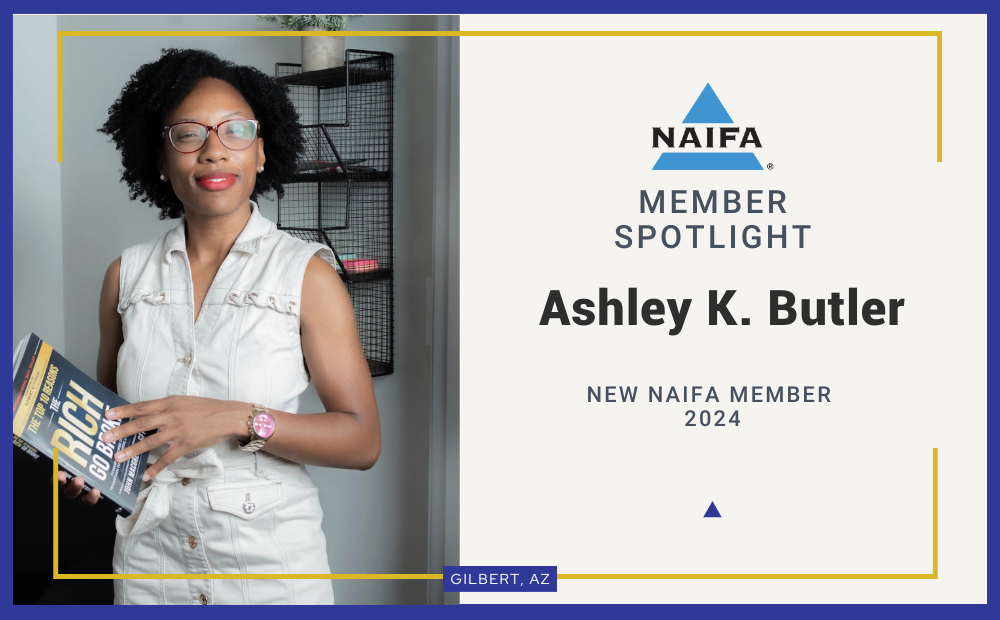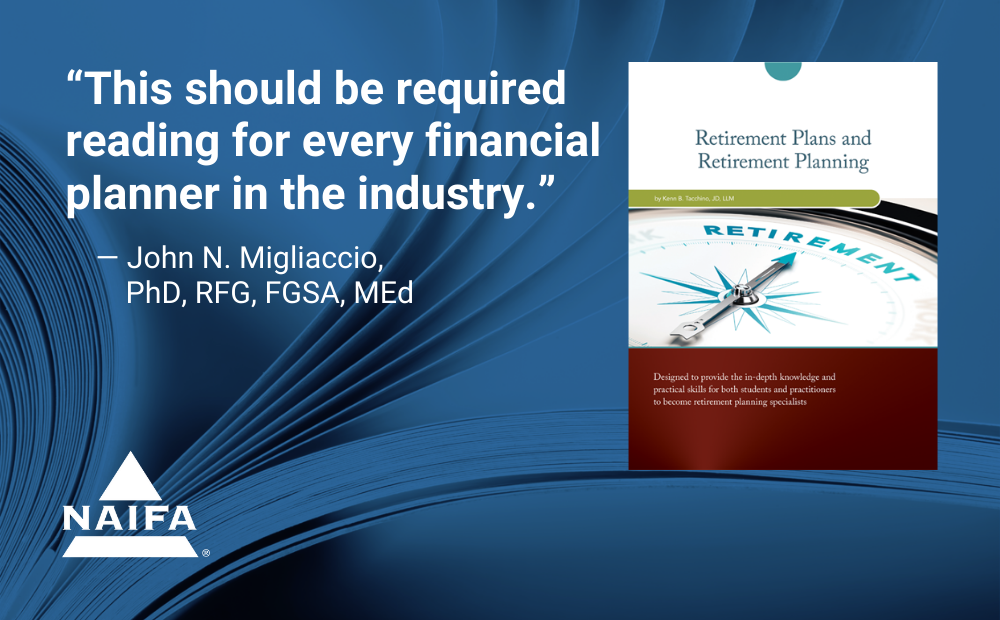A recent article in the Los Angeles Times highlights the severity of the retirement crisis facing many Americans today and underscores the urgency of the Consumer Retirement Crisis Campaign launched recently by NAIFA. As American workers become increasingly insecure about their ability to save for a traditional retirement, NAIFA earlier this year launched a “Trust a NAIFA Advisor” ad campaign, designed to tell consumers that as they look for ways to address their retirement shortfall, affordable and informed financial advice is well within their reach. The multimedia campaign includes video, print and web placements to urge consumers to plan for retirement by contacting a NAIFA member.
The Los Angeles Times article by Michael Hiltzik selected six charts from the collection of economist Monique Morrisey with the Economic Policy Institute. The charts point out the following:
- Savings have plateaued. Mean, or average, retirement accounts for all households have stagnated since the recession, Hiltzik writes.
- Many families do not have any retirement cushion. In truth, Hiltzik points out, nearly half of all families have no retirement account savings.
- Defined-contribution plans like 401(k)s are heavily skewed toward the wealthy. Sixty-eight percent of the richest fifth of households participate in a plan, compared with only 4 percent among the lowest-income fifth, Hiltzik notes.
- The imbalance in 401(k) participation is making income inequality worse. “The top 20 percent of working-age families receive 63 percent of income and hold 74 percent of retirement-account balances,” Morrisey notes.
- The disaster of the Great Recession is not a memory for the average family. “Declines in the net worth of older families since 2010 are especially worrisome since they have less opportunity to make up losses before retirement,” according to Morrissey.
- Social Security remains the bulwark of retirement for low- and middle-income seniors. The program remains the largest single source of income for seniors with household income of at least $30,000, Hiltzik writes.
These are some of the troubling issues that prompted NAIFA to launch the campaign. Video and print ads direct readers to a web page that includes a link to NAIFA’s “Find an Agent” tool, where users may search for a NAIFA member by name, state or zip code. A second search filter allows users to find members by products and practice specialty. The campaign also incorporates digital ads for use on social media platforms, and Search Engine Marketing (SEM) via a Google ad word/phrase buy of more than 200 keywords related to insurance and financial advice.
Click here to download elements from the NAIFA Ad Campaign: DOWNLOAD ALL CAMPAIGN ELEMENTS.








.png?width=300&height=300&name=CC%202025%20Ad%20(300%20x%20300%20px).png)
.png?width=300&height=600&name=Tax%20Talk%20Graphic%20-%20email%20tower%20(300%20x%20600%20px).png)



.png?width=300&name=NAIFA-FSP-LH%20with%20tagline%20-%20AT%20blog%20email%20ad%20(300%20x%20250%20px).png)
.png?width=728&height=89&name=2024%20Congressional%20Conference%20(728%20x%2089%20px).png)
